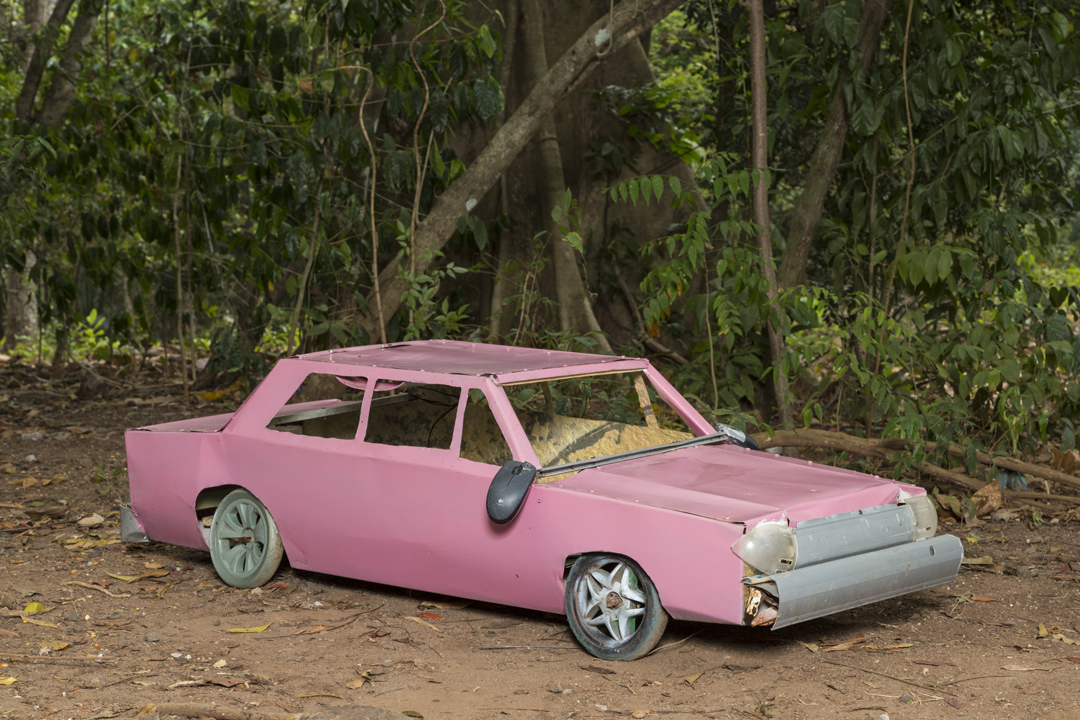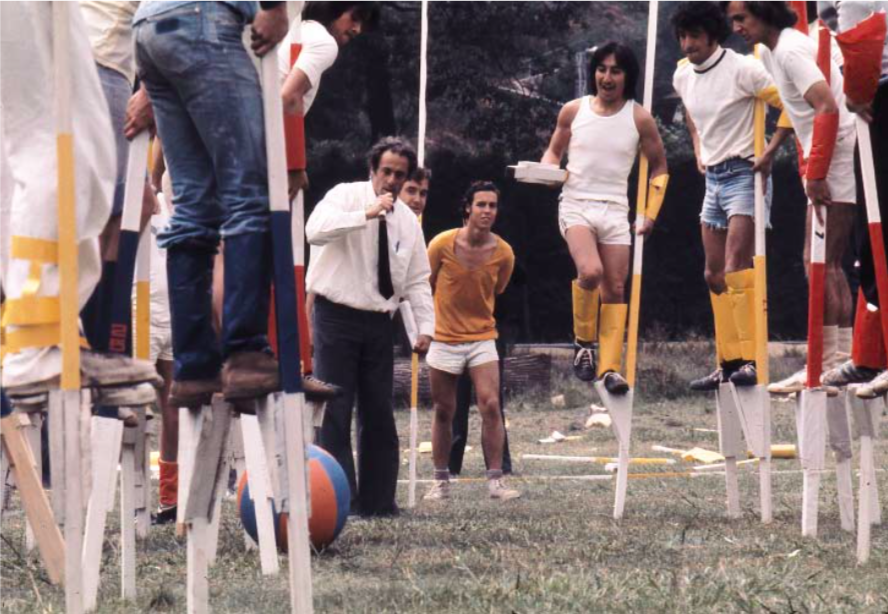Field Research: #EducationArt
07/20/2022
Most of these collective and collaborative research hubs have surfaced mainly because of the scarce resources for managing new ventures and the lack of specialized training in critical studies in the visual arts field. In this sense, the education and art perspective has enabled an in-depth re-exploration of the criteria of reality and the fictions that allow us to understand the very unevenness of these lands.
... if we invoke the term 'education,' it is essential to think about
what happens when we assume it not as a noun but as a verb.
The main argument proposed by this text is to bring up a debate between what I define as 'education and art,' as opposed to the much-trumpeted 'art and education.' I have attempted to write and rewrite, from a dialectical sidewalk, the concept of education and art. I use this expression to portray what education as a form of knowledge states and, within that context, the countless dialogues it opens through the questions posed by the makers involved in the current art practices. I also use education and art because it is the art practice that questions its own models of interpretation and where institutions have often used the tools of education to build bridges for communication and social interaction with the artworks and actions that, in most cases, haven’t been in any way designed to communicate but to shock and alter the environment where they are shown. In this sense, education and art has earned a well-deserved distinction from the maelstrom of ineptitude created by institutions throughout Latin America to outline educational formats in order to promote the works of contemporary visual artists.
Although, in most contexts, education is a rigid process of knowledge formation, it is also true that it substantially loses rigidity when paired with processes involving actions produced by artists. Moreover, in these increasingly convulsed times, it is clear to us that art becomes a necessary activity for the existence of such knowledge and its environments.
Therefore, to speak of education and art today refers to a multilateral analysis of the actions carried out by countless researchers, curators, and visual artists on the role of pedagogies and how they are circulating and being discussed and received by a broad social group.
To analyze diverse visual arts projects in terms of the close relationship they foster between education and art, I must critically install the interactions that arise within the diagram of some relevant projects in Chile and Bolivia, which have been circulating education and art actions, in addition to articulating various contemporary epistemes emerging in these territories.
Most of these collective and collaborative research hubs have surfaced mainly because of the scarce resources for managing new ventures and the lack of specialized training in critical studies in the visual arts field. In this sense, the education and art perspective has enabled an in-depth re-exploration of the criteria of reality and the fictions that allow us to understand the very unevenness of these lands.
In the case of Chile, it has been impossible to continue sustaining a series of art promotion, production, circulation, and research models based purely on the ideology of contemporary art. Therefore, when analyzing the aforementioned pairing, we imbue into unique contexts where platforms for both pedagogical and theoretical practices have been established. These are also spaces where artists, managers, and curators hold dialogues concerning how their processes—rather than their proposals—are circulating. All this is aimed at appropriating, interpreting, problematizing, and building spaces that can resolve the expectations that arise from education and art.
It is important to sketch a few poetic bridges that enable specialized ponderations and the search for renewed educational and training backgrounds in art that have gained momentum in recent years.
Pedagogical Relationships with the Landscape
We know that many of these social groups are active in museums, cultural centers and art galleries, however, in several latitudes, alternative projects have appeared, as is the case of the collaborative art residencies project financed by the Ministry of Cultures, Arts and Heritage of Chile.1 This type of format compromises the multilateral nature of artistic practices that constantly confront the role of education under the shadow of contemporary art.
The empowerment of several regional and context-based projects, which are currently grazing the syndemics, has maintained their momentum in several corners of South America, as is the case of Km 0 in Bolivia, or Fragua, CAPUT, and Aula Liquen in Chile.
When at the international artists' workshop Abubuya Km 0, together with Kiosko,2 we decided to immerse into the Amazonian landscapes of Bolivia, we didn’t hesitate to incorporate the study of education and art from the perspective of an artists’ residency project throughout an organized and mutable geographical space, such as the villages around the jungle. These common factors of territorial analysis are interrupted by the influence of natural phenomena, and human and cultural activities that occur, which have their own properties, situations, forms, and orientations. These were in turn required to devise pedagogies or anti-pedagogies. Building a spatial analysis through a project like Abubuya3 weaved several bonds with the landscape and the sites that comprised wildlife shelters, which at that time were part of the communication and innovation system for understanding this territory through the spells of its waters, and how this element determines and marks the teachings and knowledge in that environment.
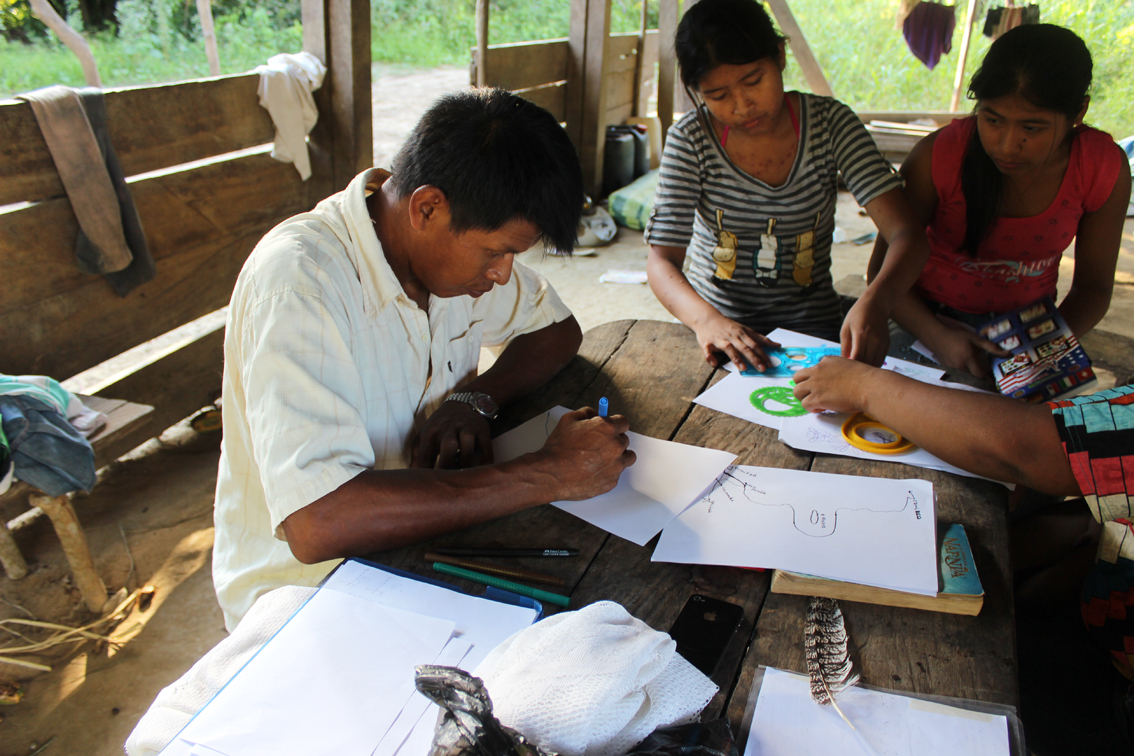

For this once-in-a-lifetime experience, it was fundamental to rewrite the angle from which we have been observing our relationship with pedagogy. For example: What is happening with the local environments and the ways we study them today? Because of this and other questions, as we traveled along and inhabited the sites presented to us by the Mamoré River in the context of Abubuya, we compiled different interpretations of both the subjective space and the objectified space. In this case, within the hydrographic framework of a river—which means facing the character of its geography—we speculated about the meaning of the landscape. The synergy sparked among the artists allowed approaching the countless social realities of this still underexplored space for education and art, which were the foundation for thinking about actions that could unfold in the near future.
The journey along the Mamoré River has a very particular connection with the deep south of Chile, specifically with the wetlands and jungles that surround the city of Valdivia. In this scenery surfaces Galería Barrios Bajos,4 which has been arduously producing a series of events; Fragua being one of the most outstanding of them in recent times.
I had the opportunity of participating in the second iteration5 of Fragua, which integrated transdisciplinary work as a way of involving alternative processes in the field of pedagogy for artists, scientists, and researchers. Given the circumstances, my motto regarding 'displacements' led me to decide to travel the endless coastal route of larch trees that extends from the town of Corral to the village of Chaihuín.
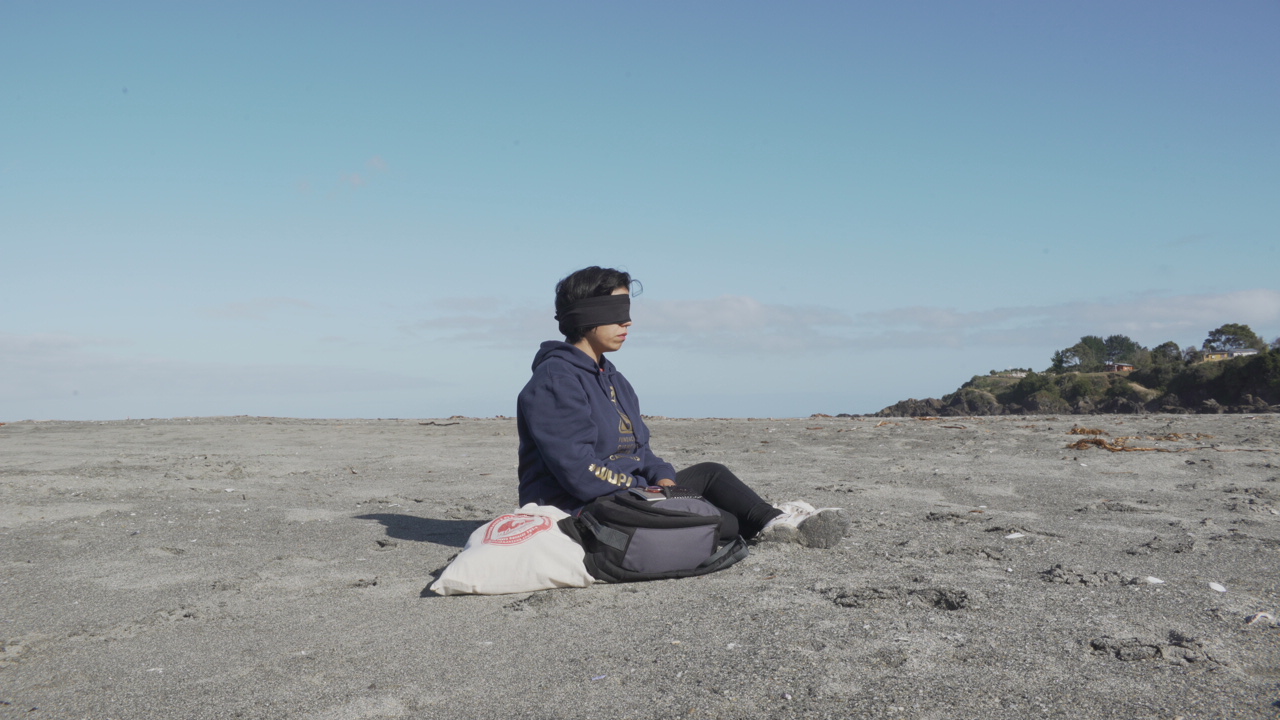

From an exploratory interest, Chaihuín has extensive dune areas that act as peaceful terraces that allow watching from the foothills of the coastal mountains to the green thicket that has irremediably succumbed to the forestry industry. These marks alter the production of knowledge for exploration in itself, as a fate that puts our thoughts on environmental sustainability on tenterhooks. Choosing these scenarios ratified them as spaces that allow expanding the pedagogical and collaborative work and building actual alternative questions, combining the artists’ searches with those of local and foreign thinkers. Therefore, we must think of Chaihuín as an open-air laboratory and an unavoidable preface to begin with these types of experiences.
Walking as a practice can become a pedagogical tool; this is well-known within the context of contemporary art, but in Fragua, attending to our senses with the aim of dynamizing the thought through the bodies and voices became of the essence. Thus, everything transformed into an all-encompassing notion of reciting and inhabiting the landscapes to merge the dilemmas that arise in the geographies that show scars of the great telluric movements and the furrows plowed by the environmental crises provoked by anthropogenic factors.
In short, in Fragua, we wiggled our limbs to compose a ballad that reflected the link between education and art to take care of our natural resources, our daily lives, our work with the landscapes, and our belongings. That was our true aim, and I am confident it happened that way.
CAPUT6 is a project that emerged in La Plata (Argentina), but most of its gears are linked to the coastal stripe of the Atacama Desert (Chile). This interesting experience integrates the everyday to create exchanges, games, and rituals across rural coastal areas, specifically in the Tarapacá region. As these experiences are not being assessed or validated by the hegemonic knowledge or contemporary art institutions, they are precarized by the same system that promotes education and art.
Following this logic, CAPUT is interested—as they argue—in making art with nothing and everything.7 They have overflowed the open-air spaces to project a renewed workshop that demands experimentation as a method, and both the signs and the objectual narratives as sources of knowledge. In another sphere, their practices intend to open discussions or further questions, channeled by the multilateralism of education and art, to pollinate allegories concerning the bond that is in itself indissoluble.
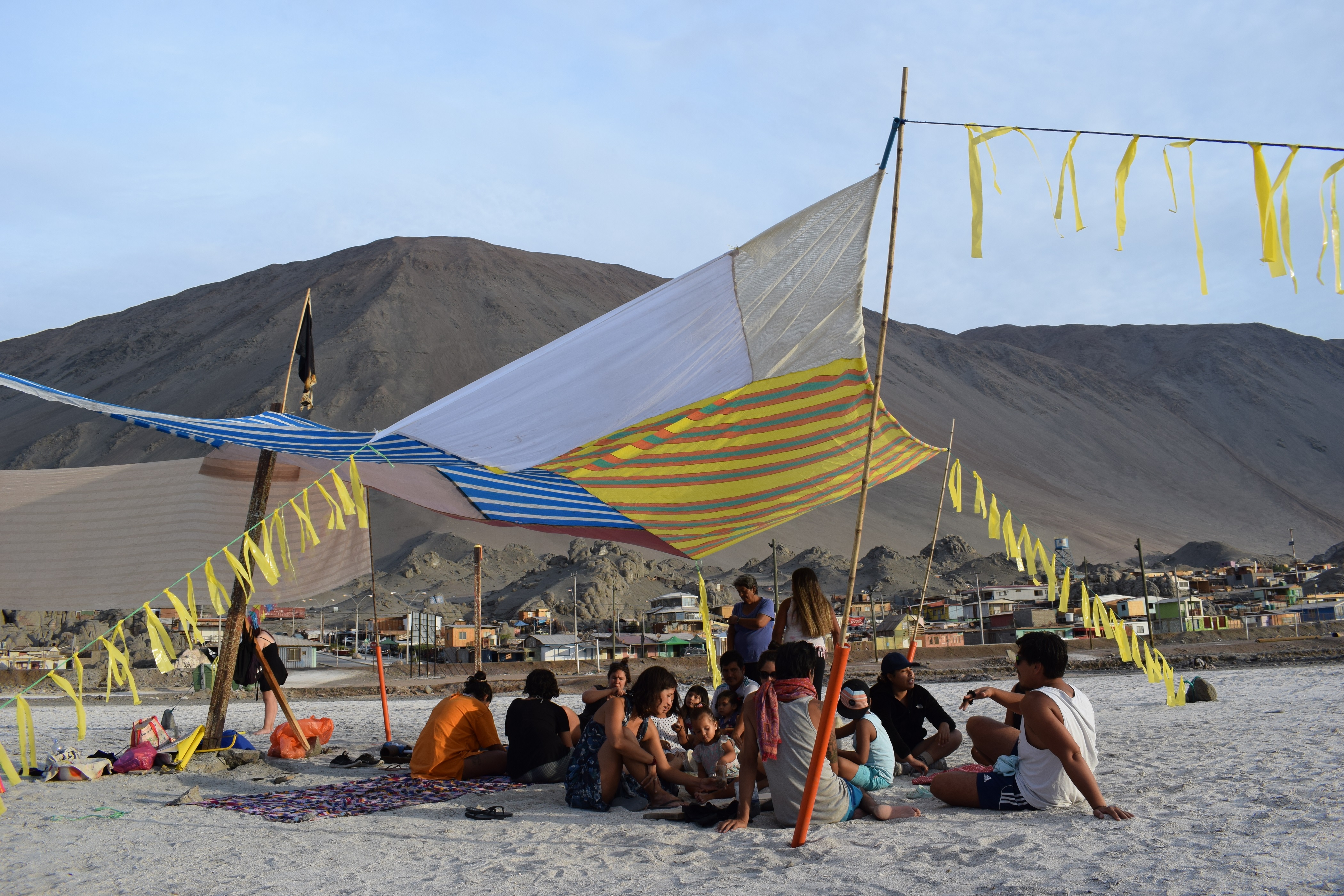

Lastly, I mention Aula Liquen, a school that falls outside the traditional pedagogical focus, founded in 2020 in the city of Punta Arenas (Chile)—the southernmost point of South America.
Aula Liquen is run by Liquenlab,8 a platform that emerged in one of the most critical periods of Chile's political and social circumstances. In recent decades, the country has witnessed the rise of countless student movements that have challenged the educational structure promoted by the State. After these movements, several families have decided to seek not an anti-pedagogy but rather a counter-pedagogy, to revert the cognitive and systematic damage caused by the rigid formal education that still prevails in the country.
Aula Liquen is a project fueled by a love for teaching but also for learning from others in a collaborative way, regardless of gender and including everybody. A model that can lead us to rethink the community and the solidarity contained in the wisdom of science, at a time plagued by selfishness and structural violence.
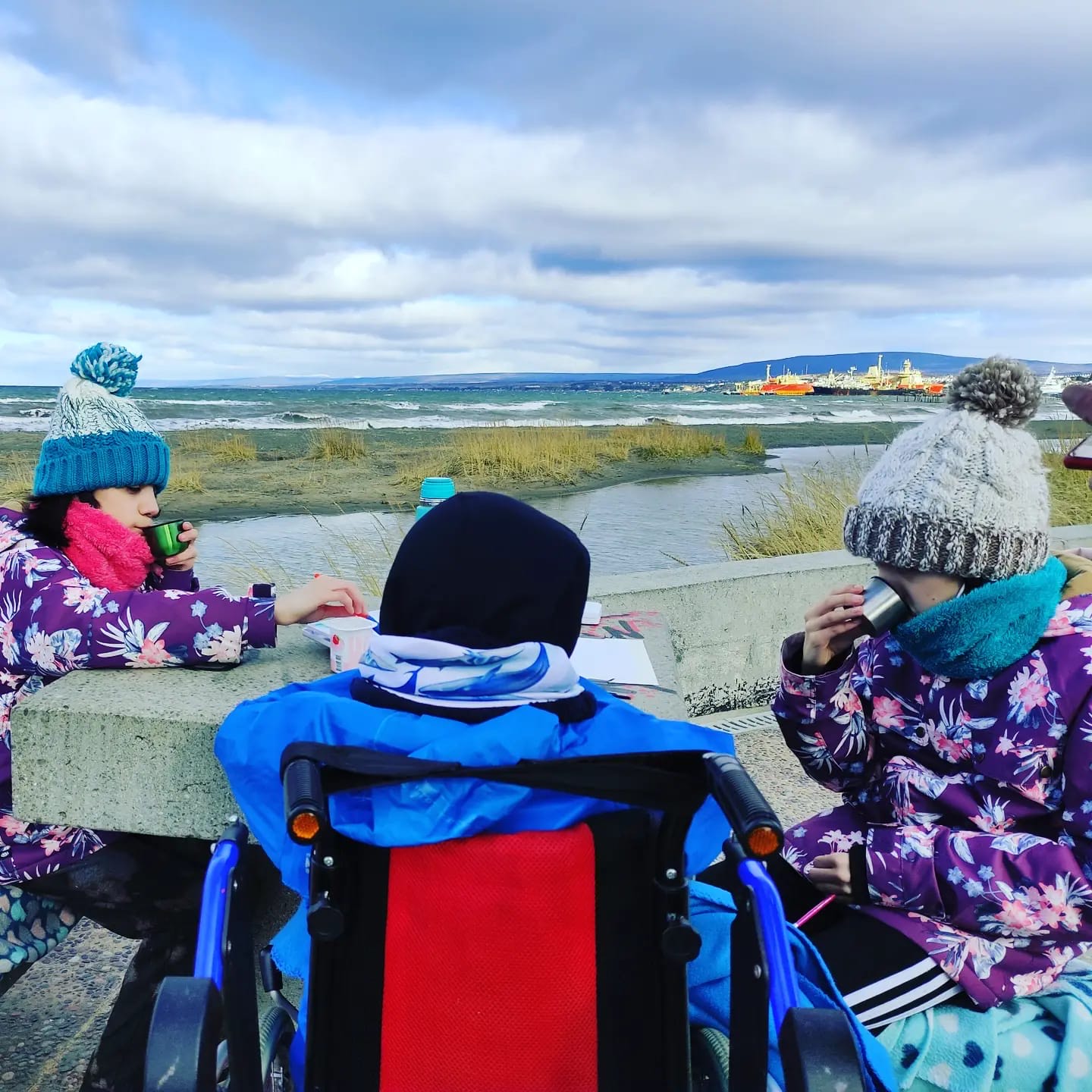

In short, the structure that determines the relationship between education and art as complements but also as polysemic concepts, operates on a rational equation with the regions and territorialities. These disparate sites make up the parallels and meridians of the world, which on the one hand pollinates creativity but, on the other hand, in no way encourages critical epistemes and cosmovisions regarding ancestral, human, and of course, non-human knowledge.
